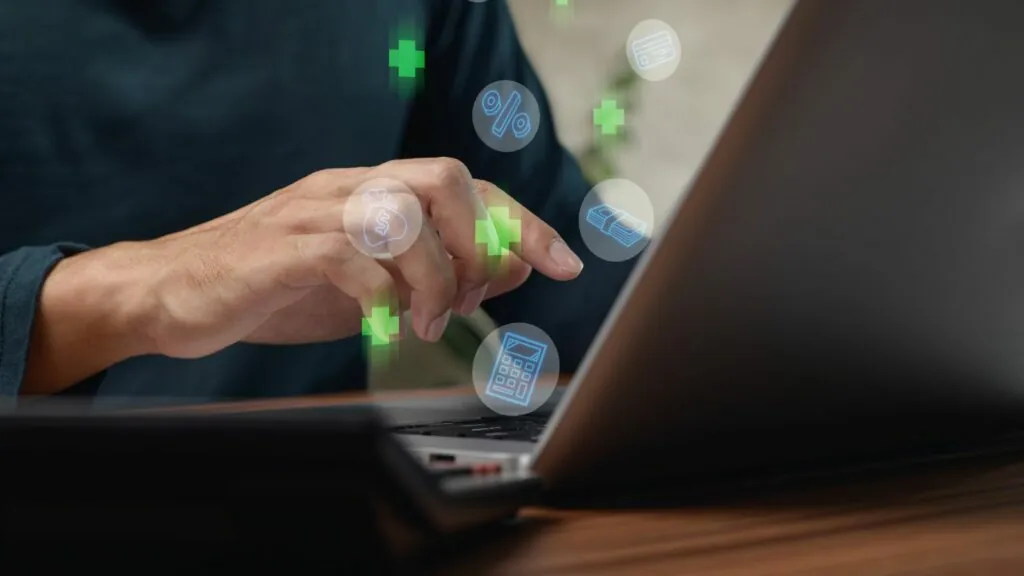Skin eruptions can be a puzzling and often alarming experience. From rashes to bumps, these visible changes can indicate various underlying conditions. Understanding the different types of skin eruptions is crucial for effective treatment and management.
In this article, readers will explore various skin eruption types, complete with photos for better identification. Whether it’s acne, eczema, or hives, recognizing the characteristics of each can empower individuals to seek appropriate care. With knowledge at their fingertips, they can take proactive steps toward healthier skin.
Table of Contents
ToggleTypes of Skin Rashes: An Overview
Skin rashes come in various forms, each with distinct characteristics and implications. Recognizing the specific type aids in appropriate management and treatment.
- Acne: Characterized by pimples, blackheads, and cysts, acne results from clogged pores and excess oil. Common in teenagers, it can persist into adulthood, affecting self-esteem and skin health.
- Eczema: A chronic condition, eczema manifests as red, itchy patches. It often appears on the elbows or knees and can result from allergens, irritants, or stress.
- Hives: Known for causing raised, itchy welts, hives arise from allergic reactions, infections, or stress. They can appear suddenly and vary in size.
- Psoriasis: This autoimmune disorder leads to thick, red patches covered with silvery scales. Psoriasis typically affects the scalp, elbows, and knees and can cause significant discomfort.
- Rosacea: Rosacea appears as redness on the face, often accompanied by visible blood vessels. This chronic condition affects many adults and can worsen with certain triggers like heat or spicy foods.
- Contact Dermatitis: It occurs when the skin reacts to direct contact with allergens or irritants. Symptoms include redness, itching, and blisters, often appearing in the affected area.
- Fungal Infections: Conditions like ringworm or athlete’s foot present as red, itchy, and scaly patches. Fungal infections thrive in warm, moist areas of the body.
- Dermatophyte Infections: These skin infections are caused by fungi and can lead to rashes that resemble circular rings or patches, commonly affecting the feet and groin.
- Viral Exanthems: Certain viral infections produce rashes as a symptom, such as measles, rubella, and chickenpox. These rashes usually require medical attention.
Identifying the type of skin rash accurately enhances treatment effectiveness. For specific instances, visual references can assist in recognizing distinct skin conditions.
Common Types of Skin Rashes

Skin rashes can arise from various causes, including allergies, infections, and inflammation. Understanding these common types can facilitate proper diagnosis and treatment.
Allergic Reactions
Allergic reactions often lead to rashes characterized by redness, itching, and swelling. Common allergens include certain foods, medications, and plants like poison ivy. Contact dermatitis occurs when skin reacts to an irritant, resulting in red, itchy lesions. Urticaria, or hives, features raised welts that may change size rapidly and cause significant discomfort. Identifying the specific allergen is essential for effective management.
Infectious Rashes
Infectious rashes can stem from bacteria, viruses, or fungi. Bacterial infections like impetigo produce crusted sores, while viral infections, such as measles and chickenpox, cause distinctive rashes accompanied by other systemic symptoms. Fungal infections like ringworm create circular, itchy patches that can spread easily. Diagnostic testing often clarifies the type of infection, leading to targeted treatment options.
Inflammatory Rashes
Inflammatory rashes encompass a range of conditions where the skin responds aggressively. Eczema, or atopic dermatitis, manifests as dry, itchy patches that can flake. Psoriasis, another inflammatory condition, results in thick, red patches covered with silvery scales. Rosacea typically affects the face, causing redness and visible blood vessels. Treatment options vary based on the severity and specific inflammatory condition being treated.
Other Types of Rashes
Other types of rashes include those resulting from environmental factors, such as heat rash, which occurs in hot, humid conditions and appears as small, itchy bumps. Keratosis pilaris presents as rough patches on the skin, commonly on the arms and thighs. Drug rashes can occur as a reaction to specific medications and require prompt medical evaluation. Recognizing these rashes aids in determining appropriate care and prevention strategies.
Visual Guide to Skin Rashes
Visual aids aid in the accurate identification and understanding of various skin rashes. High-quality photos of skin eruptions provide clarity, enabling individuals to recognize symptoms more easily.
High-Quality Photos
High-quality photos showcase different types of skin rashes effectively. These images present detailed views of conditions such as:
- Acne: Displays pimples and blackheads on various skin types.
- Eczema: Illustrates red, itchy patches often found on flexural areas.
- Hives: Captures raised welts, offering insights into allergic reactions.
- Psoriasis: Highlights thick, red patches with silver scales, usually on elbows and knees.
- Rosacea: Visualizes facial redness, revealing common symptoms.
- Contact Dermatitis: Shows reaction patterns from allergens or irritants.
- Fungal Infections: Presents ringworm’s characteristic circular rashes.
- Viral Exanthems: Depicts rashes from infections like chickenpox.
Using these high-quality images aids individuals and healthcare professionals in making informed decisions regarding treatment options.
Identification of Rashes
Identification of rashes involves recognizing distinct visual characteristics and associated symptoms. Key identifiers for major rashes include:
- Acne: Small bumps or cysts appearing primarily on the face, back, or chest.
- Eczema: Red, inflamed skin with dryness and itching, often exacerbated by irritants.
- Hives: Raised welts that change shape and location quickly, often itching intensely.
- Psoriasis: Thick, red lesions covered with silvery scales that may be painful.
- Rosacea: Persistent redness with visible blood vessels, often accompanied by bumps.
- Contact Dermatitis: Rash localized to the area of contact with an irritant or allergen.
- Fungal Infections: Circular, flaky patches with clear centers and red borders.
- Viral Exanthems: Rash that often accompanies systemic viral symptoms, such as fever.
Recognizing these identifiers assists individuals in seeking appropriate care and improving skin health effectively.
Importance of Early Diagnosis
Early diagnosis of skin eruptions is vital for prompt and effective treatment. Recognizing the specific type of eruption aids in determining the underlying cause, which can vary significantly from allergies to infections. Identifying these conditions quickly allows for tailored treatment plans that address the root issue instead of merely alleviating symptoms.
Early intervention enhances the likelihood of preventing complications. For instance, untreated eczema may lead to chronic skin damage, while delaying treatment for bacterial infections can result in severe complications. Understanding the manifestations of conditions like psoriasis or hives promotes timely action, helping to reduce discomfort and improve overall skin health.
Visual resources, such as high-quality photos, empower individuals to identify skin eruptions more accurately. These images help differentiate between various types, ensuring swift action can be taken when necessary. Ultimately, increased awareness and understanding of skin conditions contribute to better outcomes, promoting healthier skin and overall well-being.
Understanding the various types of skin eruptions is essential for managing skin health effectively. By recognizing the distinct characteristics of conditions like acne, eczema, and hives, individuals can take proactive steps toward treatment. The visual guide provided enhances the ability to identify these rashes, leading to more informed decisions regarding care.
Early diagnosis is crucial in preventing complications that can arise from untreated skin conditions. Increased awareness of potential causes, whether they stem from allergies or infections, empowers individuals to seek timely medical advice. This knowledge ultimately promotes healthier skin and improves overall well-being.




